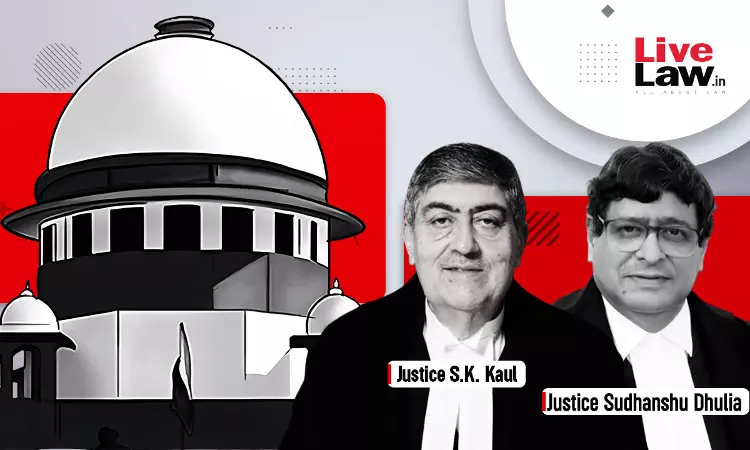Witness Not Discredited By Mere Contradiction Between Testimony And Statement Given To Police : Supreme Court
Suraj Parmar
1 Nov 2023 10:16 AM IST

Next Story
1 Nov 2023 10:16 AM IST
The Supreme Court recently observed that a witness will not stand totally discredited merely because the testimony given during the trial contradicted the earlier statement given to the police. "No doubt statement given before police during investigation under Section 161 are “previous statements” under Section 145 of the Evidence Act and therefore can be used to cross examine a witness....
